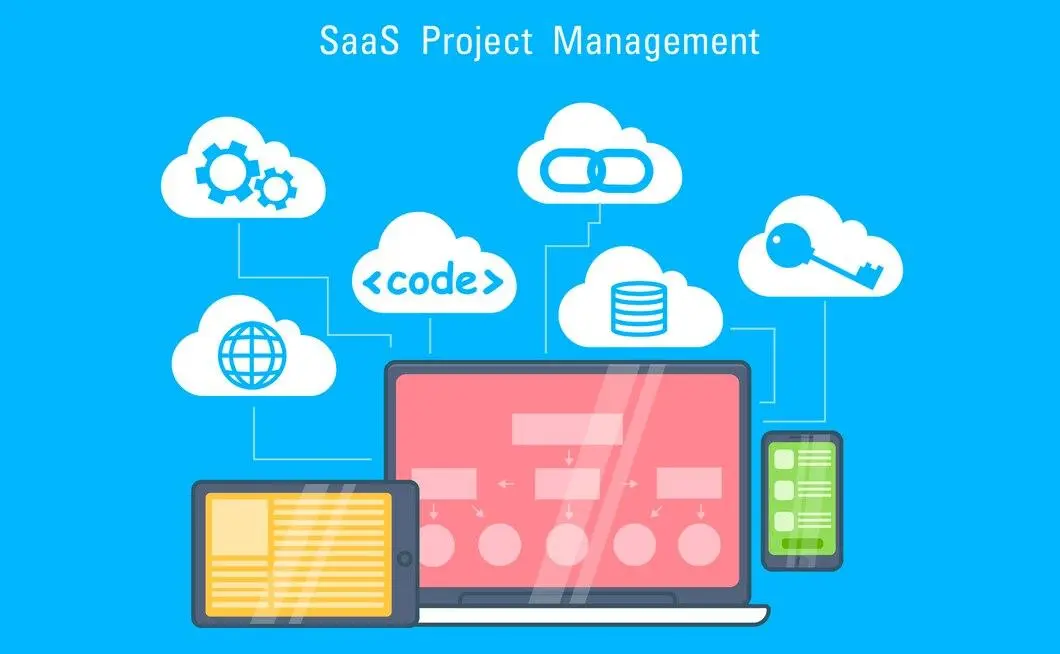Modern businesses thrive, or stumble, based on how well they handle data. Everything hinges on how efficiently information flows into your systems, from real-time customer insights to predictive analytics that drive critical decisions. This is where data ingestion becomes a foundational layer in any data-driven operation.
However, selecting the right ingestion tool isn’t just a matter of picking something off the shelf. It’s a strategic decision. The wrong choice can lead to frustrating bottlenecks, integration nightmares, and unnecessary costs. The right one? It unlocks speed, scalability, and clarity in your data ecosystem.
This guide explores the nuances of choosing data ingestion tools tailored to your business needs. Whether navigating a flood of structured and unstructured data, integrating cloud and on-premise systems, or simply trying to scale without chaos, understanding what to look for in the best data ingestion tools is essential.
We’ll cut through the noise and focus on what actually matters so that your infrastructure remains a strength, not a struggle.
Decoding Data Ingestion
Before we discuss evaluation checklists or vendor comparisons, let’s clarify what we’re really talking about. Data ingestion is the first stop on the data highway. It involves collecting raw data from various sources—think cloud apps, relational databases, IoT sensors, and social media APIs—and funneling it into a central repository like a data lake or warehouse.
Sounds straightforward? Not quite. There’s batch ingestion, which moves data in chunks, and real-time ingestion, which delivers information the moment it’s generated. How you ingest data can drastically impact the rest of your data operations, from analytics to machine learning.
Why the Right Tool Makes All the Difference
If you’re using a data ingestion tool that doesn’t scale, lacks flexibility, or fails during high-traffic periods, you’re building your data strategy on sand. Misalignment here doesn’t just create headaches—it slows decision-making, increases engineering overhead, and sometimes even leads to compliance issues.
Choosing data ingestion tools is not about finding the flashiest dashboard. It’s about fitting the tool to your needs: the size of your engineering team, your appetite for custom development, and how real-time your use case really is. You need something that integrates easily with what you already use—your BI tools, data warehouse, and cloud services. Something that doesn’t leave your engineers pulling all-nighters just to maintain connectors.
The Anatomy of the Best Data Ingestion Tools
Let’s cut through the noise. Here are seven features that genuinely matter when evaluating the best data ingestion tools:
- Scalability: Can this tool keep pace as your data volume grows? Today, you may be ingesting 10K rows/hour; tomorrow it could be a million.
- Latency: If your operations depend on real-time data (log monitoring, fraud detection, customer behavior tracking), then the tool’s ability to minimize delay is non-negotiable.
- Integration Ecosystem: The best data ingestion tools won’t force you into a box. They connect with your existing stack—Snowflake, BigQuery, S3, Redshift, Kafka, and beyond.
- Built-In Transformations: Can the tool clean or reformat data on the fly? Fewer hand-offs mean fewer chances for errors or delays.
- Monitoring and Reliability: Look for rich logging, alerting, and recovery features. One failed batch shouldn’t turn into a disaster.
- Security: Encryption, role-based access control, and audit logs. If they don’t meet your compliance needs, they’re a deal-breaker.
- Pricing Transparency: Nothing derails a good tool faster than hidden costs. Opt for clear models that let you forecast your expenses.
Internal Evaluation Comes First
No tool—not even the most hyped one—can fix a lack of clarity on your side. What are your actual ingestion needs? What are your data sources? Do you need real-time ingestion, or is batch good enough for now?
Also, take a hard look at your team. Are you a startup with one full-stack dev wearing five hats, or do you have a team of data engineers and DevOps pros? This matters. The best data ingestion tools for your business are the ones your team can operate.
What the Market Offers (And Why You Should Be Choosy)
Tools like Fivetran make ingestion nearly invisible—you point, click, and the data flows. That’s great for smaller teams or organizations that prioritize ease over flexibility. Apache NiFi, on the other hand, offers granular control and visual programming but might intimidate teams lacking deep technical skills. Airbyte hits a sweet spot with open-source flexibility and growing managed services. StreamSets caters to large-scale, mission-critical pipelines.
Don’t ask, “What’s the best?” Ask instead, “Best for what?”
Rookie Mistakes to Avoid When Choosing Data Ingestion Tools
Too many teams fall into one of these traps:
- Overbuying: Paying for capabilities you’ll never use.
- Underbuying: Choosing a tool that crumbles under pressure.
- Ignoring Governance: Data that can’t be traced or validated is worse than useless—it’s dangerous.
- Buying Before Testing: Always run a proof of concept (PoC). Real data. Real load. Real time.
Avoid feature tunnel vision. You want a tool that supports your broader architecture, not just the sexy features.
Making the Call: A Practical Framework
When choosing data ingestion tools, you don’t need a 500-page RFP. You need a clear, structured way to weigh your options. Create a scorecard. Evaluate:
- Data compatibility (source formats, protocols)
- Operational burden (how easy is it to maintain?)
- Team familiarity (what tech does your team already know?)
- Business alignment (can it keep up with where you’re going?)
Bring in cross-functional voices—data, security, business leads. Run a time-boxed test period. Measure success not just on ingestion speed but downstream impact. Are your dashboards updating faster? Is your ML pipeline more stable?
When It Makes Sense to Call in the Experts
Sometimes, especially in complex environments, choosing ingestion tools becomes a rabbit hole. That’s when leaning on experienced consultants can help. They’ve seen what works, what doesn’t, and why specific tools fail in production. They help avoid decision paralysis and align tool selection with broader business strategy.
Expert support can also mean building custom ingestion layers if your use case is niche or your architecture is particular. It’s not always about buying a tool off the shelf. Sometimes, it’s about building the right thing the right way—once.
The Takeaway
Here’s the thing. Your entire data strategy—dashboards, machine learning, customer personalization—rests on the shoulders of a well-built ingestion layer. Flimsy here means friction everywhere else.
And the best data ingestion tools? They meet you where you are today and scale with you into tomorrow. Whether you’re a fast-moving startup or an enterprise balancing dozens of sources, get this layer right and everything else becomes easier.
The challenge isn’t just choosing data ingestion tools. It’s understanding your needs enough that the right tool becomes obvious.
So take your time, do the research, run a pilot, and remember: good data in means good decisions out.

















